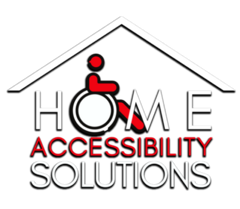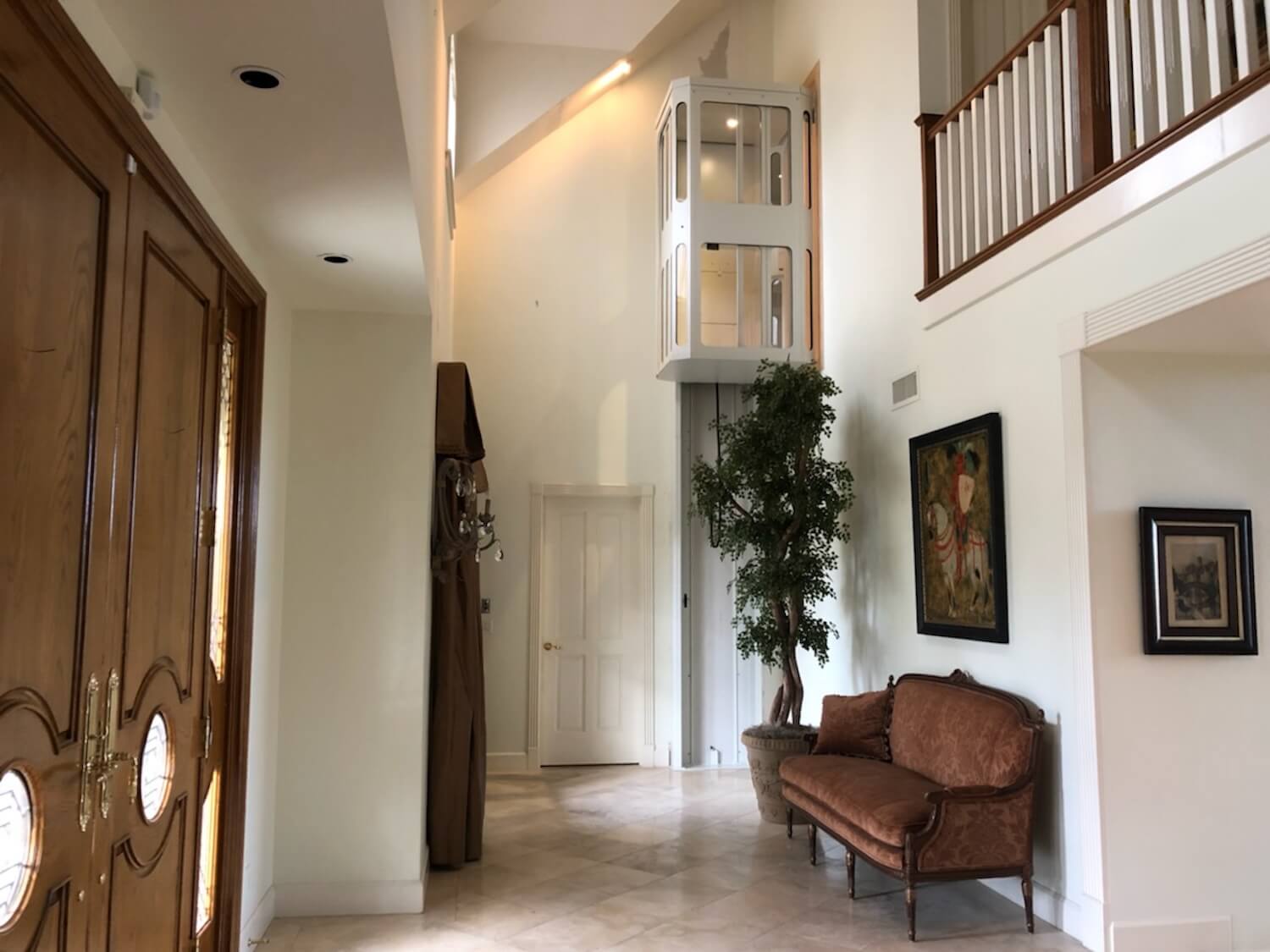If you’re trying to decide between a home elevator vs lift, you’re not alone. Many homeowners today are seeking permanent mobility solutions—whether for aging in place, accommodating a wheelchair, or preparing for multigenerational living.
In this article, we’ll break down the differences between home elevators and platform lifts, so you can confidently choose the right option for your space, budget, and lifestyle.
🛗 What Is a Home Elevator?
A home elevator is a fully enclosed lift system designed to carry passengers and items between two or more floors. It travels inside a hoistway and can be installed in both new construction and existing homes.
✅ Pros of Home Elevators:
- Customizable Appearance – Choose cab materials, lighting, and styles that match your home.
- Increases Home Value – Great for resale and long-term equity. Bankrate estimates elevators can add value in accessibility-focused homes.
- Quiet and Smooth Operation – Modern systems offer a comfortable and efficient ride.
- Supports Aging in Place – Ideal for long-term accessibility in multi-story homes.
❌ Cons:
- Higher Initial Cost – Installation requires equipment, construction, and professional setup.
- Takes Up Space – Requires room for a hoistway and mechanical systems.
- Requires Maintenance – Annual servicing ensures safe and reliable use.
♿ What Is a Platform Lift?
A platform lift, also known as a vertical platform lift (VPL), is an open lift that travels vertically to bridge short distances like porch steps or interior landings. It’s commonly used in both residential and public spaces.
✅ Pros of Platform Lifts:
- More Affordable – Lower upfront cost compared to a full elevator.
- Fast Installation – Most models are ready in a day or two.
- Great for Outdoor Use – ADA guidelines recommend platform lifts for certain residential and commercial barrier removals.
- Wheelchair Compatible – Designed for scooters, walkers, and wheelchairs.
❌ Cons:
- Limited Travel – Best for 1–2 floor transitions.
- Open Design – Less privacy than an enclosed cab.
- Outdoor Maintenance – Outdoor units require more frequent care.
🔍 Home Elevator vs Lift: Side-by-Side Comparison
| Feature | Home Elevator | Platform Lift |
|---|---|---|
| Accessibility | Multi-level, enclosed ride | One to two levels, open platform |
| Cost | $$$ | $ |
| Installation Time | 2–5 days, may require construction | 1–2 days, minimal disruption |
| Space Needed | Requires hoistway | Small footprint |
| Customization | Extensive – finishes, controls, doors | Basic – limited design choices |
| Best For | Full home mobility | Entry-level or porch access |
👤 Choosing Between a Home Elevator vs Lift: What to Consider
When evaluating a home elevator vs lift, think through these key questions:
- How many floors do you need to access?
Lifts work well for 1–2 levels. Elevators cover more. - What’s your budget?
Platform lifts are cost-effective. Elevators offer long-term value. - Is aging in place important?
Elevators are perfect for planning ahead. Learn more from NIH. - How important is design?
Elevators blend with your home’s decor. Lifts focus on function. - Where will it go—inside or outside?
Lifts are ideal for outdoor applications like porches or decks.
🛠 Planning Your Installation the Right Way
Before committing to a lift or elevator, follow these steps:
- Consult an expert like Home Accessibility Solutions to assess your space and needs.
- Review local building codes and NAHB accessibility standards.
- Think long-term – Will the solution meet your mobility needs in 5 or 10 years?
💡 Why Home Elevators or Lifts Make Sense for Aging in Place
Both home elevators and platform lifts support independence and safety. According to the National Institute on Aging, modifying your home for mobility can help you avoid institutional care—and reduce costs over time.
For this reason, lifts and elevators are more than upgrades—they’re smart long-term investments.
🏁 Final Thoughts on the Best Home Elevator vs Lift Choice
Choosing a home elevator vs lift depends on your lifestyle, space, and future plans:
- Choose a home elevator for luxury, multi-story access, and long-term living.
- Choose a platform lift for quick, affordable mobility where space is tight.
📞 Let’s Help You Choose the Right Lift
Call 316-361-6220 or
Schedule a free consultation with our team.
We’ll guide you step-by-step—so you can stay comfortable, mobile, and safe at home.


